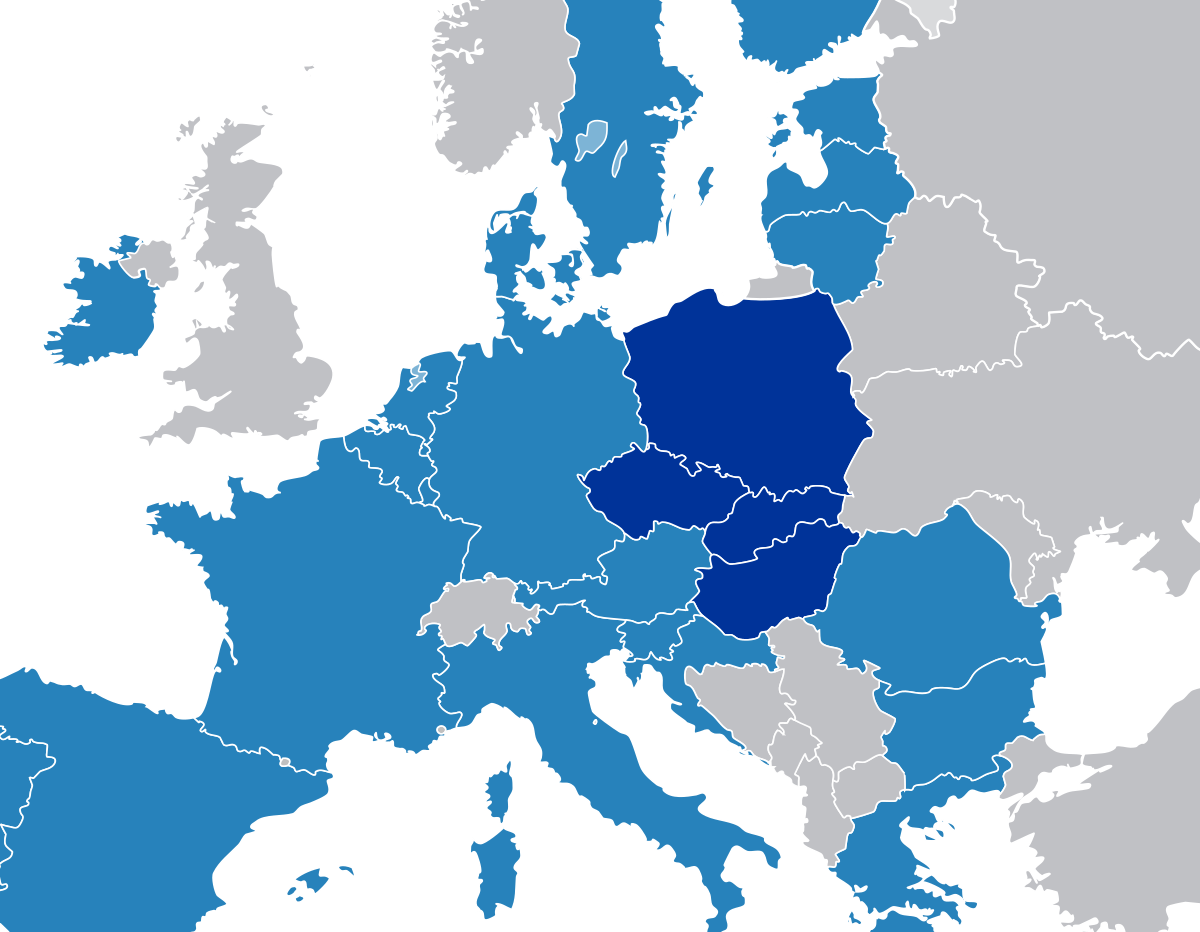While older histories tended to emphasize the
myth of the "clean Wehrmacht," upholding its honor in the face of Hitler's fanaticism, the historian
Jürgen Förster notes that "In fact, the military commanders were caught up in the ideological character of the conflict, and involved in its implementation as willing participants".
[41] Before and during the invasion of the Soviet Union,
German troops were indoctrinated with anti-Bolshevik, anti-Semitic and anti-Slavic ideology via movies, radio, lectures, books, and leaflets.[46]Likening the Soviets to the forces of Genghis Khan, Hitler told the Croatian military leader Slavko Kvaternik that the "Mongolian race" threatened Europe.[47] Following the invasion, many Wehrmacht officers told their soldiers to target people who were described as "Jewish Bolshevik subhumans," the "Mongol hordes," the "Asiatic flood" and the "Red beast."[48]Nazi propaganda portrayed the war against the Soviet Union as an ideological war between German National Socialism and Jewish Bolshevism and
a racial war between the disciplined Germans and the Jewish, Romani and Slavic Untermenschen.
[49] An 'order from the Führer' stated that the paramilitary SS
Einsatzgruppen, which closely followed the
Wehrmacht's advance, were
to execute all Soviet functionaries who were "less valuable Asiatics, Gypsies and Jews."[50] Six months into the invasion of the Soviet Union, the
Einsatzgruppen had murdered more than 500,000 Soviet Jews, a figure greater than the number of Red Army soldiers killed in battle by then.
[51] German army commanders cast Jews as the major cause behind the "
partisanstruggle."
[52] The main guideline for German troops was "Where there's a partisan, there's a Jew, and where there's a Jew, there's a partisan" or "The partisan is where the Jew is."
[53][54] Many German troops viewed the war in Nazi terms and regarded their Soviet enemies as sub-human.
[55]






